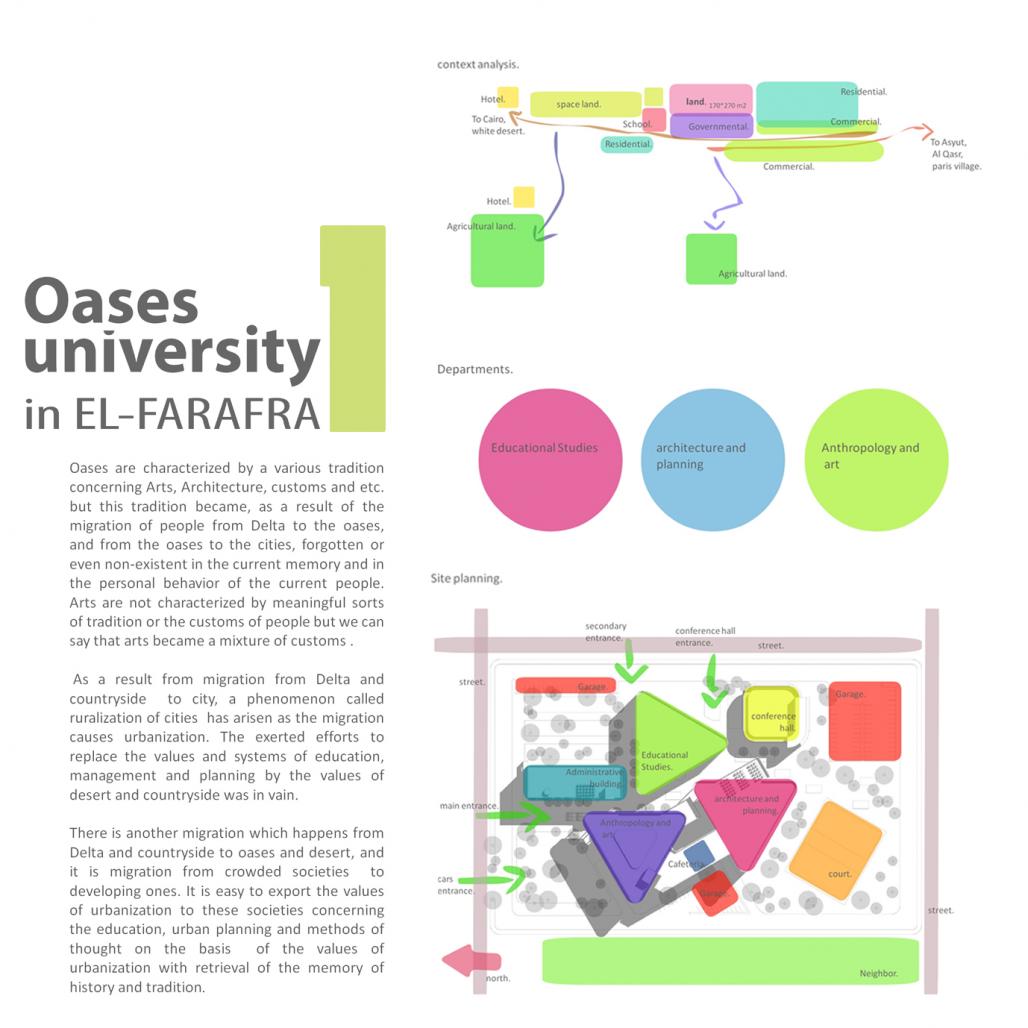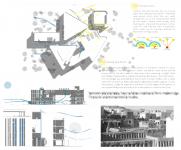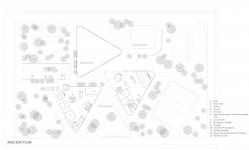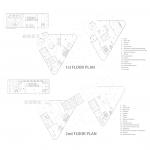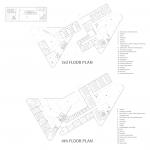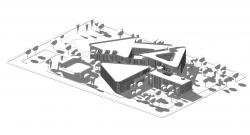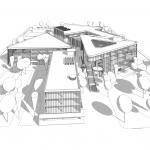About education from Taha Hussein ‘s book “the future of culture in Egypt”.
Taha Hussien, in his book “the future of culture in Egypt”, was not planning to establish a school with boring subjects or far away from the life matters and people’s needs, but he was trying to unite the function of school and the principle of the free human individual.
Taha Hussien was believing that his school aims at upbringing minds and freeing souls, it is not the traditional school in which students learn by teaching and memorization.
Taha Hussien wanted to keep away from the methodologies of the traditional school, in which students learn by suppression, this school refuses the curiosity of gaining knowledge and tendency to raising questions as if it teaches the students the principle of obedience and convince them that the obedience is a virtue. As a matter of fact, the education ,which prevents thought, reestablish the ignorance.
Taha Hussien was looking forward to a new different school which make a relation between knowledge and daily needs of people.
In fact, Taha Hussien was looking forward to a new Egypt where there is science and knowledge, there is no ignorance and its people are cultured.
2013
2013
active learning spaces.
Every spaces is a learning space.
Educators prepare students for their future, but it’s often difficult to imagine what the future will be like in a world of constant change.
The changes converging on campus are extraordinary. There’s a new generation of students, with different experiences and expectations than their boomer parents. They’re savvy and comfortable with technology, and typically carry an array of technology with them. They’re also very demanding of their education.
Many instructors are embracing a more active—and interactive—style of instruction, engaging with students, leveraging technology and exploring more varied educational approaches.
These changes present a challenge to successfully teaching 21st century skills. it’s more important than ever to make every space an active learning space. Properly designed and furnished, every space can take advantage of the opportunities represented by continual change.
change begins with pedagogy. Teachers and teaching methods are diverse and evolving. Classes today employ lecture mode, group setups and individual work. From one class to the next, sometimes during the same class period, classroom needs change. Thus, the classroom should easily and quickly adapt to different teaching and learning preferences.
Space impacts learning. Nearly three-quarters of classes include class discussions and a quarter of all classes include group projects, and those percentages are continuing to grow. Interactive pedagogies require learning spaces where everyone can see the content, and see and interact with others. Every seat can, and should, be the best seat in the room.
Pedagogy, technology and space, carefully considered and integrated, define the new classroom. When the space, furniture and technology can readily adapt to the pedagogies and learning preferences of each term, and the classroom effectively supports how instructors teach and students learn.
Ahmed Sayed Sayed Mahmud
